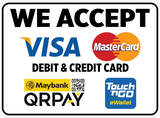Window Display Installation in a Storefront WindowInstalling a screen in the window, especially in stores located on busy streets that want to attract the attention of passersby. Therefore, in this post, we are going to show you the main reasons why you should install it in your business.
What are shop window displays? The store window displays, also known as digital shop windows, are an innovative multimedia system that allows advertising the exterior advertising of a company through interior LED screens. They are resistant to high temperatures, as they are designed to be installed inside the stores. Together with the installation of monitors at the point of sale, they are the perfect strategy to promote the products and services of a brand in a modern and current way. These special displays for Digital Signage have an integrated brightness sensor that adjusts their illumination to the lighting conditions at any given moment. Who needs an outdoor window display? The screens for an outdoor advertising showcase are highly recommended for all types of sectors, like health centers, hotels or travel agencies, and other businesses. You can see our Digital Signage systems for hotels, among others. These monitors are designed to withstand a high incidence of sunlight and ensure perfect visibility, despite inclement weather. 8 reasons to install a window display in a shop window Here are 8 reasons why installing a display in a shop window is a good idea:
12 Ways Stickers Can Help Restaurants Survive COVID-19STICKERS ARE A SIMPLE SOLUTION WITH BIG BENEFITSIn these uncertain times, restaurants have been able to quickly adapt to and work around new challenges brought on by COVID-19. This requires implementing new policies and communicating them to customers at the drop of a hat. Stickers are a simple solution that restaurants can use to patch over a number of operational challenges brought on by COVID-19, especially when it comes to takeout. With DIY design services, restaurants can create and print customized sticker and food labels to brand their packaging, label takeout orders, communicate safety policies, mark off social distancing spots and much more. Stickers are a small product, but they come with some huge benefits. Here are a dozen ways stickers can help your restaurant survive COVID-19: Brand your takeout Customizing stickers with your logo makes branding your takeout cheap and easy. Rather than order all-new packaging, you can simply stick your logo onto the bag before sending it out the door. Stickers can turn every takeout order into an opportunity to better establish your brand in your customers’ eyes. Label your grab-n-go Stickers make it easy to identify takeout items and highlight their specific features. Communicate safety policies Direct customers to proper entrances and exits, remind patrons to wear a mask, and more with safety message stickers. Stick your safety stickers on your doors, windows, menus, bathroom mirrors - anywhere customers will see them and get the message. Mark off social distancing spots If your restaurant or business tends to have a line, whether it’s for a table, the checkout, or a bathroom, you can let customers know where to stand and safely social distance with stickers. Customize the sticker with your own social distancing language, measure out six feet between each spot, and stick them on the ground for an easy visual cue for your customers. Attach order numbers and names Tag each takeout order with the customer’s name and name of the dish or drink. This makes it easy to keep all your outgoing orders organized so they get to the correct customer. “We had a lot of success when we started offering to-go cocktails. We’d put on a sticker on them to designate the cocktail type and name on the order,” says Eric Peterson, owner of the North County Restaurant Group which oversees five restaurants across Northern California. Provide date labels Mark your takeout orders with dates for Use By, Best By, and Made On. If you stick a label onto the order, then you can easily write down the date information with a pen or sharpie when you prepare or ship the order. Takeout serving instructions Not all takeout travels or reheats the same. Include a label with instructions on how to best serve and enjoy your food to give your customers the best experience with your restaurant and food. Special delivery instructions Make note of any specific requests, write them down on the sticker label, and attach them to the order. This lets your driver know how to best deliver the food, and ensures that your customers receives the order in the manner they wanted. Display QR codes More and more restaurants are turning to QR codes as way to promote touchless ordering in the dining room. With custom stickers, you can post your QR codes up around your restaurant for easy scanning and touchless ordering. Add them to takeout materials, posters, flyers, table tents, business cards and more! Seal up your packaging A custom sticker seal secures your takeout and lets customers know that their order hasn’t been tampered with or opened. In these times of heightened focus on food safety, it’s important to go the extra mile to establish that trust with your customers. Mark items up (or down) Quickly change the price on items to mark them up or down with price tag stickers. This makes it easy to pivot if certain items are selling better or worse than you expected. And with restaurant capacity so limited, maximizing your margins has never been more important. Designate deals Easily label certain products as “On Sale” or “Specials” to highlight popular items or try and move inventory that’s not selling well. Source MARK PLUMLEE How Custom Sticker Printing Helps Customers Stick Around ?4 min read Custom Sticker Printing can be a fun and effective way to advertise your business. There are lots of different ways that you can incorporate printed stickers into your branding strategies, from fun freebies to innovative product labelling. Let’s take a look at some of the ways you can use custom stickers to promote your business. 5 Ways To Use Custom Sticker Printing To Capture Customers Customers as Brand Ambassadors Giving away custom stickers to your customers and prospects is a great way to transform them into instant brand ambassadors for your business. Consider including them in your shipped orders or invoices. Alternatively keep them in your point of sale area for people to grab as they make their purchase. Customers will stick them on their water bottles, bicycles or laptops if the design is just right, and you’ve instantly got a travelling advertisement for your brand! Custom Stickers as Product Labelling Custom sticker printing is a great option for product labelling and product packaging. Whether you need labels for your micro-brew or lotion bottles or seals for product packaging there are a range of options to suit your needs. Creative Business Cards A custom sticker can be a great alternative to a standard business card. After a networking event people often go home with a stack of cards, often not remembering which card belonged to which person. But if yours is the only sticker in the bunch? Instant recognition! Stickers can be laser cut into virtually any shape or size so they’re a great creative choice. Shipping Label Stickers When you have an eCommerce business, custom sticker printing can be a great way to boost brand exposure. Create branded shipping labels that you can write your customer’s address on, or even just add branded stickers to the box or parcel. With branded packaging, your customers will know they’re getting something from your business the instant they see the box. Instant Promotional Products If you’re interested in creating some promotional products for your business, but don’t have a big budget, stickers are a great option. Pop some stickers on a box of chocolates, or a notebook and bam: instant promotional product. Want to get some custom stickers to help promote your brand? Source
Author: Karin Ingram Redeem Birthday Rewards 80 Pcs Photo Print by Printlab MalaysiaIn lieu of our 7th anniversary, we are going to give Birthday Rewards to selected existing customers only, for birthday girls and birthday boys from 1st August 2020 till 31st July 2021.
Please be informed that you ought to login (www.printlab.com.my) and update your date of birth, full name, delivery address and phone number. The due date for updating your contact information is 15 August 2020. Below are the details of Birthday Rewards: - You will receive 1 voucher for FREE 80 pieces of 3R Gloss Laminated Photo Prints & Delivery, worth more than RM48.00 (Include free delivery to your doorstep). - The voucher will be delivered through email. - You will receive the email voucher based on your birthday month. For example, if your birthday month is in November, then you will receive the email voucher in November. - The email voucher is valid for 28 days only. - Each photos size is 3R (3.5 inch x 5 inch) How to redeem? Step 1: Click on the birthday rewards redemption link which we will email to you. Step 2: Select the "80 pieces of 3R Gloss Laminated Photo Prints" item into the shopping cart. Step 3: Before check out, enter the birthday rewards code that you received via email and confirm the order. Totally free print & delivery to you, is a true birthday gift to you, no hidden charges. We will email the steps on how to upload your 80 photos in the email voucher. Terms & Conditions: - Only for selected existing customers only (More than one year), new register customers are not entitled. - Customers are entitled to one redemption only. - This birthday rewards voucher entitles customers to enjoy totally free 80 pieces of 3R Gloss Laminated Photo Prints & Delivery. - Delivery of goods or services are handled by Printlab. - This order has no cash value, is not for resale and is not redeemable for cash. - This birthday rewards redemption cannot be used in conjunction with any other discount, promotional code, gift certificate, group buy, voucher and coupon. - Once the code has been redeemed, it will not be accepted for another order. - Customers should liaise directly with Printlab on delivery inquiries. - Printlab management reserves all rights to amend any condition of this voucher without prior notice. - Rewards are not exchangeable for cash, not exchangeable for other Rewards under any circumstances. Printlab reserves the right, without prior notice, to immediately deactivate vouchers found to be exchanged or transferred for value. For any further inquiry or clarification, you may call +6011-10822168 or whatsapp Printlab Customer Service at +6011-10822168. The subject of what separates art and design is convoluted and has been debated for a long time. Artists and designers both create visual compositions using a shared knowledge base, but their reasons for doing so are entirely different. Some designers consider themselves artists, but few artists consider themselves designers. So what exactly is the difference between art and design? In this post, we’ll examine and compare some of the core principles of each craft. This is a subject that people have strong opinions about, and I’m looking forward to reading the various points of view in the comments. This post isn’t a definitive guide, but rather the starting point for a conversation, so let’s be open-minded! GOOD ART INSPIRES. GOOD DESIGN MOTIVATES.Perhaps the most fundamental difference between art and design that we can all agree on is their purposes. Typically, the process of creating a work of art starts with nothing, a blank canvas. A work of art stems from a view or opinion or feeling that the artist holds within him or herself. They create the art to share that feeling with others, to allow the viewers to relate to it, learn from it or be inspired by it. The most renowned (and successful) works of art today are those that establish the strongest emotional bond between the artist and their audience. By contrast, when a designer sets out to create a new piece, they almost always have a fixed starting point, whether a message, an image, an idea or an action. The designer’s job isn’t to invent something new, but to communicate something that already exists, for a purpose. That purpose is almost always to motivate the audience to do something: buy a product, use a service, visit a location, learn certain information. The most successful designs are those that most effectively communicate their message and motivate their consumers to carry out a task. GOOD ART IS INTERPRETED. GOOD DESIGN IS UNDERSTOOD.Another difference between art and design is how the messages of each are interpreted by their respective audiences. Although an artist sets out to convey a viewpoint or emotion, that is not to say that the viewpoint or emotion has a single meaning. Art connects with people in different ways, because it’s interpreted differently. Da Vinci’s Mona Lisa has been interpreted and discussed for many years. Just why is she smiling? Scientists say it’s an illusion created by your peripheral vision. Romantics say she is in love. Skeptics say there is no reason. None of them are wrong. Design is the very opposite. Many will say that if a design can be “interpreted” at all, it has failed in its purpose. The fundamental purpose of design is to communicate a message and motivate the viewer to do something. If your design communicates a message other than the one you intended, and your viewer goes and does something based on that other message, then it has not met its requirement. With a good piece of design, the designer’s exact message is understood by the viewer. GOOD ART IS A TASTE. GOOD DESIGN IS AN OPINION.
GOOD ART IS A TALENT. GOOD DESIGN IS A SKILL.What about the creator’s abilities? More often than not, an artist has natural ability. Of course, from a young age, the artist grows up drawing, painting, sculpting and developing their abilities. But the true value of an artist is in the talent (or natural ability) they are born with. There is some overlap here: good artists certainly have skill, but artistic skill without talent is, arguably, worthless. Design, though, is really a skill that is taught and learned. You do not have to be a great artist to be a great designer; you just have to be able to achieve the objectives of design. Some of the most respected designers in the world are best known for their minimalist styles. They don’t use much color or texture, but they pay great attention to size, positioning, and spacing, all of which can be learned without innate talent. GOOD ART SENDS A DIFFERENT MESSAGE TO EVERYONE.GOOD DESIGN SENDS THE SAME MESSAGE TO EVERYONE.This really falls under the second point about interpretation and understanding. But if you take only one thing away from this article, take this point. Many designers consider themselves artists because they create something visually attractive, something they would be proud for people to hang on a wall and admire. But a visual composition intended to accomplish a specific task or communicate a particular message, no matter how beautiful, is not art. It is a form of communication, simply a window to the message it contains. Few artists call themselves designers because they seem to better understand the difference. Artists do not create their work to sell a product or promote a service. They create it solely as a means of self-expression, so that it can be viewed and appreciated by others. The message, if we can even call it that, is not a fact but a feeling. WHAT DO YOU THINK?
Source : John O'Nolan, Founder at Ghost.org
|
AuthorWrite something about yourself. No need to be fancy, just an overview. Archives
April 2023
Categories |
PRINTLAB MARKETING SDN. BHD.
-
Home
-
Industry
>
- Collection >
- Drink Brands
- Events & Exhibition
- Business / Corporate
- Design & Marketing Agency
- Educational Purposes
- Food & Beverage
- Fundraising Print
- Construction
- Health & FItness
- Hotel
- Retail Point
- Fashion
- Packaging
- Healthcare
- Housing & Estate
- DIY Stores
- Arts & Exhibition Venues
- Automotive Services
- IT Product
- Financial
- Council and Local Government
- Travel
- Tradesman
- Marine
- Business Partner >
- Services
- Photostat Shop
- Rubber Stamp Shop
- Online Print Shop
- About Printlab
- Our Equipment
- FAQ
- News Blog
- Request Quotation
- Contact Us
- Job Vacancy >
- Internship / Practical
- Document Scanning Service
- Office Printer Rental
- Photocopy Machine Rental
- Production Printer Rental
-
Industry
>
-
Book & Menu
- Annual Report
- Booklet Stepped Pages
- Book Jacket, Paperback, Dust Jacket
- Booklet
- Booklet Landscape
- Bill Book
- Computer Form
- Custom Form, Tracking From, NCR Form
- Ticket, Voucher, Coupon
- Catalog Book
- Children Book
- Colouring Book
- Comic Book
- Company Profile
- Digital Book Printing
- eBook Printing
- Hardcover Book
- Hardcover Book Menu
- Kindergarten Book
- Flash Card
- Magazine
- Wipe Clean Children Book
- Majalah Sekolah
- Leather Notebook
- Notebook
- Photo Notebook
- Notepad
- Photo Notepad Offset
- PDF Book printing
- Portfolio Printing
- Project Tender Book
- Receipt Book
- Softcover Book
- Spot UV Book Cover
- Travel Book
- Tally Book Printing
- Training Manual
- Sample Books and Folders
- Rigid Book Sample Books
- Colours Samplers and Swatches
- Custom Display and Suitcase Printing
- Folders for sample presentation
- Packaging for Sample Material
- Sample Books and Textile Swatches
-
Marketing Materials
- Bookmark
- Brochure Holder
-
Business Card
>
- Appointment Card
- Business Card Promotion
- Business Card
- Business Card Custom Shape
- Business Card Frosted Clear
- Black Business Card
- Business Card Gold Silver
- Business Card Magnet
- Business Card Spot UV Gloss
- Business Card White Ink
- Business Card Holder
- Emboss Business card
- Folded Business Card
- Laminated Business Card
- Name Card
- Loyalty Card
- Scratch Card
- Tear Off Card
- Textured Business Card
- Thank You Card
- Queue Number Card
- Warranty Card
- Playing Card
- Story Tag Cards
-
Calendar
>
- A5 Planner Book Combo
- Calendar 2023
- Calendar 2024
- Custom Shaped Desk Calendar
- Custom Shaped Wall Calendar
- Desk Calendar
- Diary Ramadhan Planner 2024
- Diary Planner 2024
- Diary Book With Box
- Framed Custom Shape Desk Calendar
- Hard Stand Desk Calendar
- Magnetic Calendar
- Pocket Calendar
- Poster Calendar
- Takwim Ramadhan
- Table Calendar Card Slot
- Table Planner
- Wall Calendar
- Cardboard Envelope Custom Size
- Security Certificate
- Certificate
- Corporate Folder
- Coupon
- Discount Voucher, Gift Voucher >
- Security Gift Voucher
- Envelope >
- Security Transcript
- Security Ticket
- Event Ticket
- Flyer And Brochure >
- Common Seal Digital
- Die Plate Date Stamp
- Flash Stamp
- Handy Stamp
- Flip Chart
- Fridge Magnet
- ID Card, Name Tag, Lanyard
- Key Chain
- Letterhead, Certificate
- Loose Sheet A3+ Size
- Magnet Notepad
- Paper Placement Mat
- Paper Chopstick Sleeve
- Restaurant Order Chit
- Rubber Stamp
- Stamp Holder Ink Pad
- Tent Card
- Tumbler Print
- Wobbler
- Gondola Label Strip
-
Boxes & Kotak
- Mailer Box Printing
- Burger Box
- Food Packaging Box
- Kotak Raya Biskut
- Kotak Makanan Biskut Kuih
- Gift Box
- Kotak Pembungkusan Custom
- Kotak Kek Pastry
- Kotak Hamper Raya
- Skincare Box
- Cosmetic Box
- Supplement Box
- Honey Packaging
- Kotak Hadiah
- Kotak Kurma
- Kotak Kopi Teh
- Bird Nest Packaging Box
- Perfume Packaging Box
- Serum Box
- Bengkung Packaging
- Lipstick Box
- Kotak Baju
- Kotak Tudung
- Headgear Packaging
- Hardcover Box Packaging
- Baby Product Box
- Candle Box Custom Size
- Pillow Box
- Product Packaging Box
- Kotak Perkahwinan
- Mask Keeper
- Kotak Sabun Homemade
- Pomade Box
- Shampoo Box
- Kotak Pembungkusan
- Custom Box Divider
- Custom Box Insert
-
Packaging
- Coffee Cup Holder
- Coffee Cup Sleeve
- Die Cut Tags
- Die Cut Packaging Sleeve
- Door Hanger
- Face Mask Folder
- Food Tray Printing
- Hang Tags
- Header Card
- Jar Sleeve
- Key Card Folder
- Luggage & Baggage Tag
- Necklace Earring Display Card
- Clear Plastic Box Sleeve
- Packaging Sleeves
- Product Boxes
- Security printed box
- Sachet Board
- Standing Pouch
- Bottle Neck Tag
-
Table & Floor Stand
- Advertising Cardboard Countertop Counter Sunglasses Display Box Stand Rack PDQ
- Advertising Pop Up Corrugated Carton Display Rack Digital
- Ballpoint Pen Merchandising Counter Cardboard Display Box
- Book Cardboard Display Racks Stand Digital
- Cardboard Display stand
- Cardboard Display Cabinet Stand Shelf Counte
- Counter Display Stand
- Cardboard Carton Floor Display Stand Digital
- Corrugated Cardboard Sanitary Napkin Display Shelf Stands
- Cardboard Cosmetic PDQ Shelf
- Cardboard Corrugated POS Display Shelf Digital
- Hangsell Display Shelves
- Human Standee
- Mounting Stand
- Neck Hanging Product Sample Tray Digital
- POP Factory Promotion Advertising PDQ Corrugated Box Digital
- Retail Cardboard Floor Display Stand with Hooks Hanging Digital
- Steel Design Floor Standee Digital
- Rubik Cube Display Digital
- Sampling Tray
- Rust Removal Gel Counter Display
- Toys Packaging Box Display with Perforation Line
- Toys Countertop Display Box
- Table Name Card
- Totem Display Cubes Digital
- Lucky Spin Stand Printing
- Table Standee Digital
- Custom Printed Counter Displays For Shoe
- Custom Corrugated Food Counter Top Displays
- Custom Small Cardboard Paper PDQ Counter Display Box Digital
- Toothbrush Countertop Displays
- Car Towel Counter Display Box
- Food Retail Display Counter Box
- Customized Cardboard Lipstick Counter Displays
- Small Corrugated Retail Counter Top Displays
- Printed Thermos Cup Display Counter Box
- PizzaBag Counter Display Box
- Corrugated Edible Oil Retail Counter Displays
- Collectibles Corrugated Counter Displays
- Floor Display Stand
- Custom Floor Display Stands for Cosmetics
- Corrugated Floor Stand POP Snack Shelf
- Cardboard POS Food Shelf
- Custom Cardboard Barbie Floor Stand Displays
- 5 Layers Cardboard Floor Display Digital
- Large Sanitary Napkin Corrugated Floor Stands
- Large Customized Corrugated Floor Displays for Beauty Products
- Large Custom Food Corrugated Rack
- Food Merchandise Custom Floor Displays
- Food Merchandise Cardboard Display Box
- Energy Bar Corrugated Displays Floor Stands
- Electric Mosquito Corrugated Racks Custom Printed
- Custom Wine Glass Display Shelf Floor Stands
- Custom Printed Toys Display Shelf
- Custom Printed Round Corrugated Display Stands
- Rigid Keyboard Display Box Stands
- 7 Tier Floor Tray Toys Display Rack Stand Digital
- Toys Floor Display Stands
- Custom Corrugated Rack for Shake Bottle
- Custom Corrugated Hot Wheels Floor Stands with Hooks
-
Sticker & Label
- Birthday Sticker
- Bottleneck Sticker
- Reflective Sticker
- Bumper Sticker
- Business and Logo Sticker
- Business Hour Sticker
- Car, Lorry, Vehicle Sticker Wrapping
- Clear Sticker
- Cosmetic Label & Sticker
- Corporate Gifts Sticker
- Craft Sticker
- Die Cut Sticker
- Door Access Card Sticker
- Epoxy Emblem Sticker
- Floor Sticker
- Flowers & Florist Sticker
- Food Label Sticker
- Gold Silver Sticker
- Glow In The Dark Sticker
- Light Box Sticker
- Loose Sheet Sticker A3+ Size
- Label sticker Roll Form
- Mirrorkote Sticker
- Packaging Labels
- Removable Sticker
- Reception Table Desk Sticker
- Security Car Sticker
- Road Tax Sticker
- Security Label Sticker
- Serum Sticker
- Stair Sticker
- Sticker Label
- Sticker Large Format
- Table Sticker
- Transfer Sticker
- Vitamin Supplement Labels
- Wallpaper
- Wall Sticker
- Warranty Sticker Label
- Waterproof Sticker
- Water Bottle Labels & Stickers
- Wedding Sticker
- White PVC Sticker
- Window Glass Sticker
- Writable Medicine Sticker
-
Photo Gifts & Wall Art
- Acrylic Stand Anime
- Button Badges
- Canvas Print
- Canvas Cotton Drawstring Bag Backpack
- Canvas Tote Bag
- Certificate Folder
- Corporate Gifts
- Family T-Shirt
- Kids Growth Chart
- Insta Print, Insta Card
- Khat Kufi
- LOMO Card
- Photo Book / Album Perkahwinan
- Photo Booth Prop
- Photo, Canvas, Poster, Drawing
- Photo Folder
- Photo Frame Paper Standee
- Photo Magnet
- Photo Mug
- Photo Poster
- Photo Sticker
- Photography Background Paper
- 2R Photo
- Print Photo
- Rolled Canvas Print
- Stretched Canvas Print
- Tiffin Food Carrier
- Thermos Flask Bottle
- Burger Wrapper
- Wrapping Paper
-
Banners & Signs
- Backlit Film, Light Box Film
- Banner
- Banner, Bunting, Windflag, Roll Up, Promotional Table
- Bunting
- Cardboard Display Cubes
- Cardboard Totem Stand
- Car Magnet Sheet
- Construction Site Signs
- Cover For Security Scanner
- Custom Flag
- Fabric Backdrop, Frame, Barrier, Tent, Table Cloth
- Hand Held Signs
- Mockup Cheque Foam Board
- Poster Custom Shape
- Poster + Portable Stand
- Promotional Table
- Roll Up Banner
- Table Display Sign
- Tripod Banner
- X Stand Banner
- Event Booth Design & Built
- Fabric Light Box
- Window Display Installation
-
Invitation & Occasion
- Album Nikah
- Birthday Greeting Card
- Cake Card
- Guest Book
- Mini Cocktail Toothpick with Flag
- Kad Hari Raya
- Paper Wristband
- Kad Kahwin
- Kad Kahwin Custom Shape
- Invitation Card, Greeting Card
- Sampul Raya Money Packet
- Sampul Raya Promosi
- Set Kahwin
- Table Name Tag
- Table Number Card
- Yaasin
- Security Wristband
-
Same Day Printing
- Urgent Book
- Urgent Book Binding
- Urgent Business Card
- Urgent Banner
- Urgent Bunting
- Urgent Certificate
- Urgent Crystal UV DTF Sticker
- Urgent Drawing A1
- Urgent Foam Board Poster
- Urgent Flyer
- Urgent ID Card
- Urgent Invitation Card
- Urgent Laminate
- Urgent Letterhead
- Urgent Long Brochure
- Urgent Notepad
- Urgent Non Woven Bag
- Urgent Photo
- Urgent Rubber Stamp
- Urgent Poster A3
- Urgent Sticker
- Next Day Printing
Customers Reviews & Ratings
Online Printing Company in Malaysia | Printing Services Malaysia | Malaysia Printing Company
Copyright © 2022 Printlab Marketing Sdn Bhd. All rights reserved
Copyright © 2022 Printlab Marketing Sdn Bhd. All rights reserved
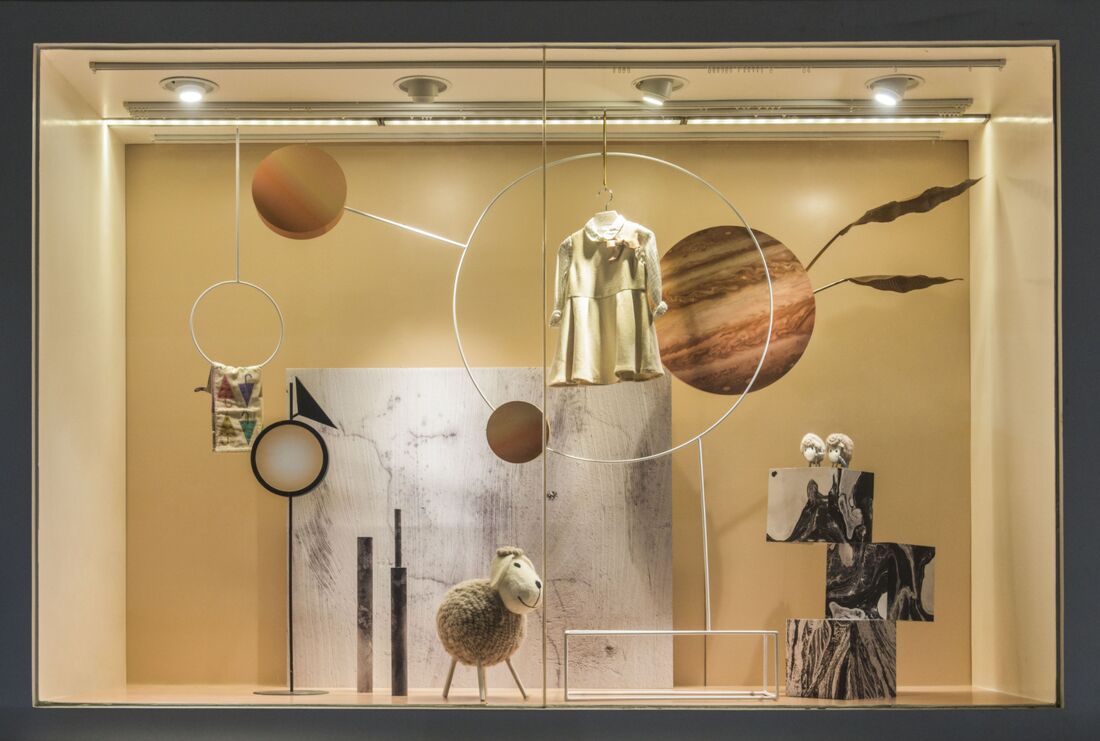
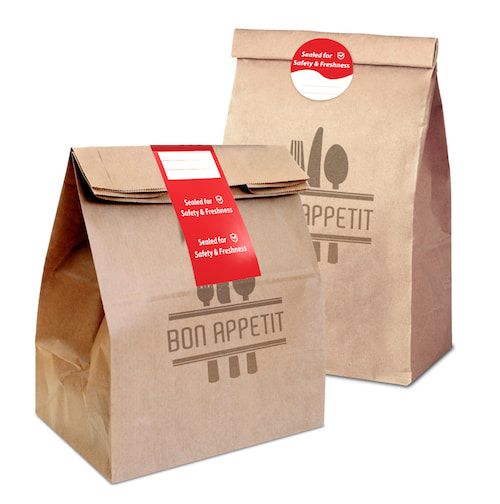
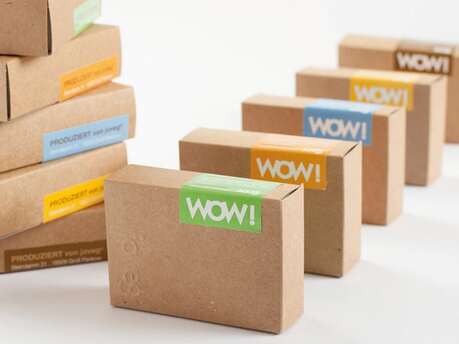

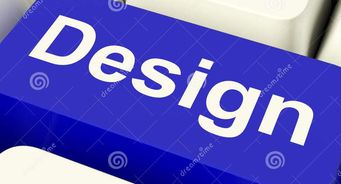
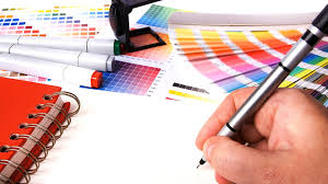
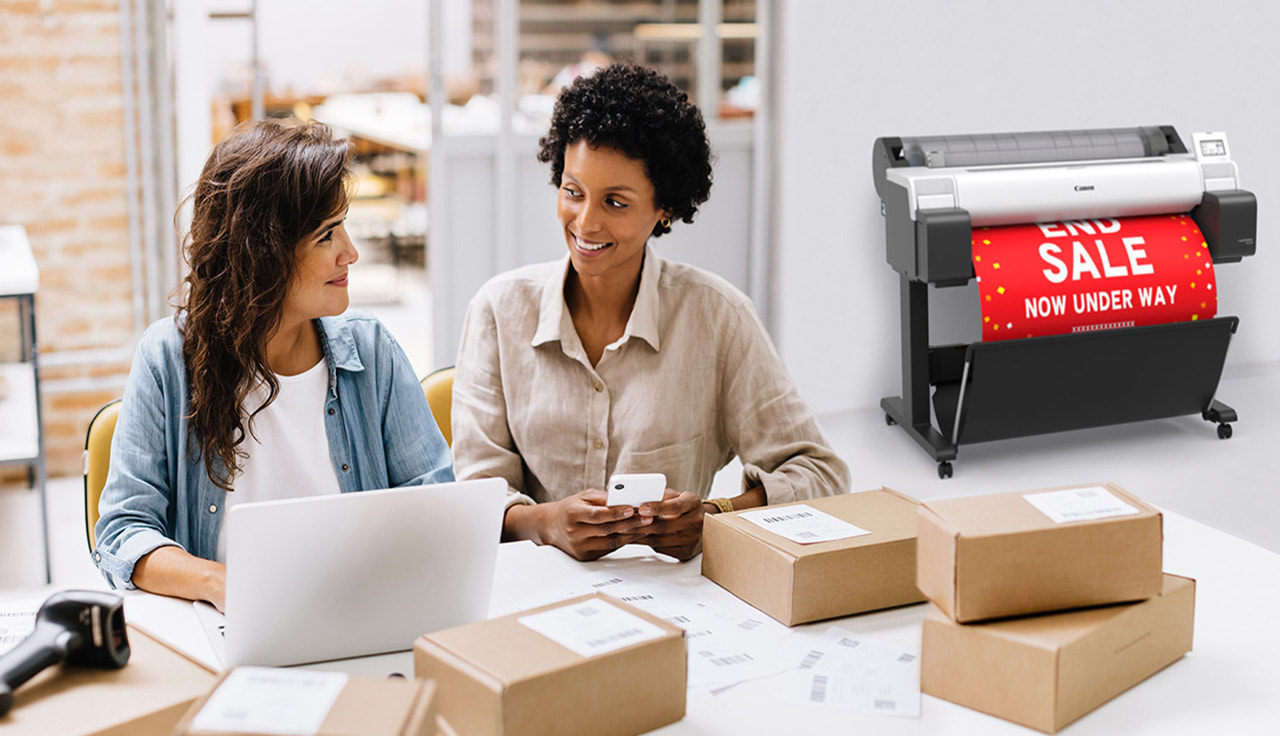


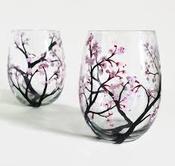
 RSS Feed
RSS Feed











